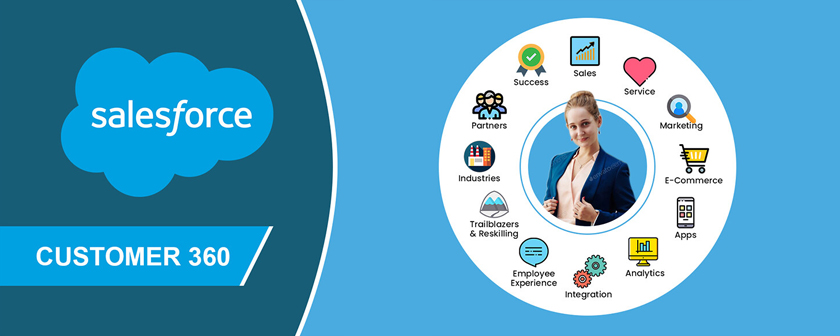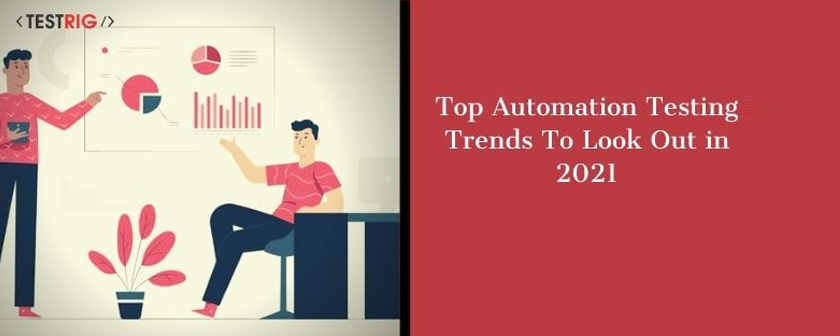Salesforce Customer 360 is a platform designed to assist organizations in connecting with their customers by fostering coherent internal processes. It improves internal cooperation by integrating analytics, sales, marketing, service, commerce, and information technology into a single CRM platform. The best salesforce 360 from GRhombus uses this information to create a unified customer profile and ID that can be used across all Salesforce and external apps.
This data may be accessed by all teams in your organization and assist to build a seamless client experience. Businesses can embrace digital change while emphasizing the customer experience with the leading Salesforce Customer 360. Businesses may save time by using Einstein AI and intelligent suggestions to automate repetitive activities. Also you can monitor real-time analytics and data, so you always know what’s going on in your business. Finally, all corporate data can be connected safely and securely. This is simply the tip of the iceberg in terms of what the top salesforce 360 view can achieve. Salesforce went beyond just integrating all of its previous solutions to build the best Customer 360 because it has embraced a “go big or go home” approach for its products. Salesforce also developed a collection of add-ons to expand the potential and functionality of Customer 360. Customer 360 Truth is a portfolio offered for those looking to take the leading salesforce 360 platform to the next level.
Identity, Data Manager, Audiences, and Privacy Center are the four primary components of the best Salesforce Customer 360 truth add-on. Here’s an explanation of what each of these Customer 360 components perform and how they may benefit your company. Today’s client expects your company to provide integrated experiences across channels and departments — and you want to live up to those expectations. On the back end, these experiences cut across siloed organizations, procedures, and technology, spanning a variety of teams ranging from marketing and commerce to sales and service.
Isn’t it true that it’s easier said than done?
The leading Salesforce Customer 360 Data Manager was developed to help you stay up with customer expectations. The top Salesforce B2B customers have access to all of their information in a single location – a single data model for marketing, sales, B2B commerce, and support. Marketing teams can now monitor how their efforts convert into leads, prospects, pipeline, and sales. Before entering a meeting, sales representatives may review support cases, and support representatives can examine available sales possibilities. Customer account hierarchies and comprehensive contact information, on the other hand, give even more visibility.
Features of sales force 360
- Data unification and permission management– Businesses may combine all of their consumer data to build rich, detailed customer profiles. Cookies and first-party IDs are examples of known and unknown data. Companies may also quickly obtain consumer consent in areas such as email marketing and digital advertising using Salesforce consent management platform.
- Advanced audience segmentation– Enables businesses to discover particular groups of individuals to connect with based on demographics, engagement history, or other accessible consumer information. For example, a firm might create an audience of female shoppers interested in running shoes based on data acquired from a variety of online surfing habits across multiple channels such as websites, emails, and prior purchases.
- Personalized customer engagement- After identifying an audience, a firm may then activate customer data across marketing, commerce, and service. This enables businesses to provide a consistent, unified experience to consumers and prospects across all marketing platforms.
- Optimization based on Einstein Insights- Companies may use artificial intelligence (AI) to evaluate and understand how and when to connect with consumers in order to increase customer loyalty and company success. Customer profiles are constantly updated based on their actions, such as clicking an advertisement, persuing a catalog, or purchasing a product. AI may then be used to this data to assist businesses in determining the most relevant mix of product or channel suggestions, therefore maximizing engagement and customer happiness.



